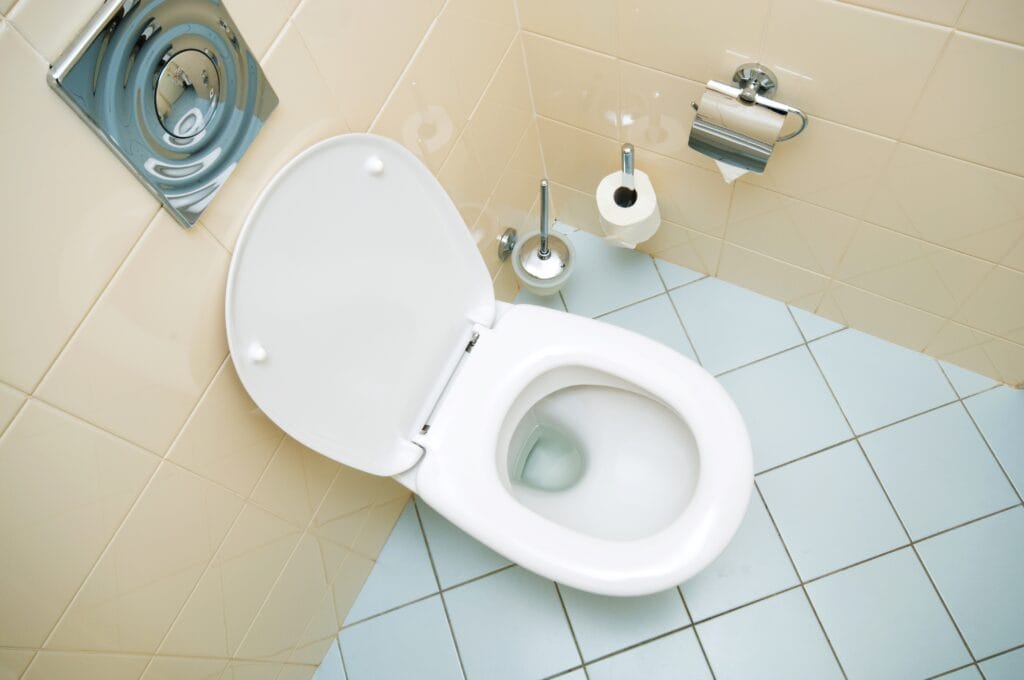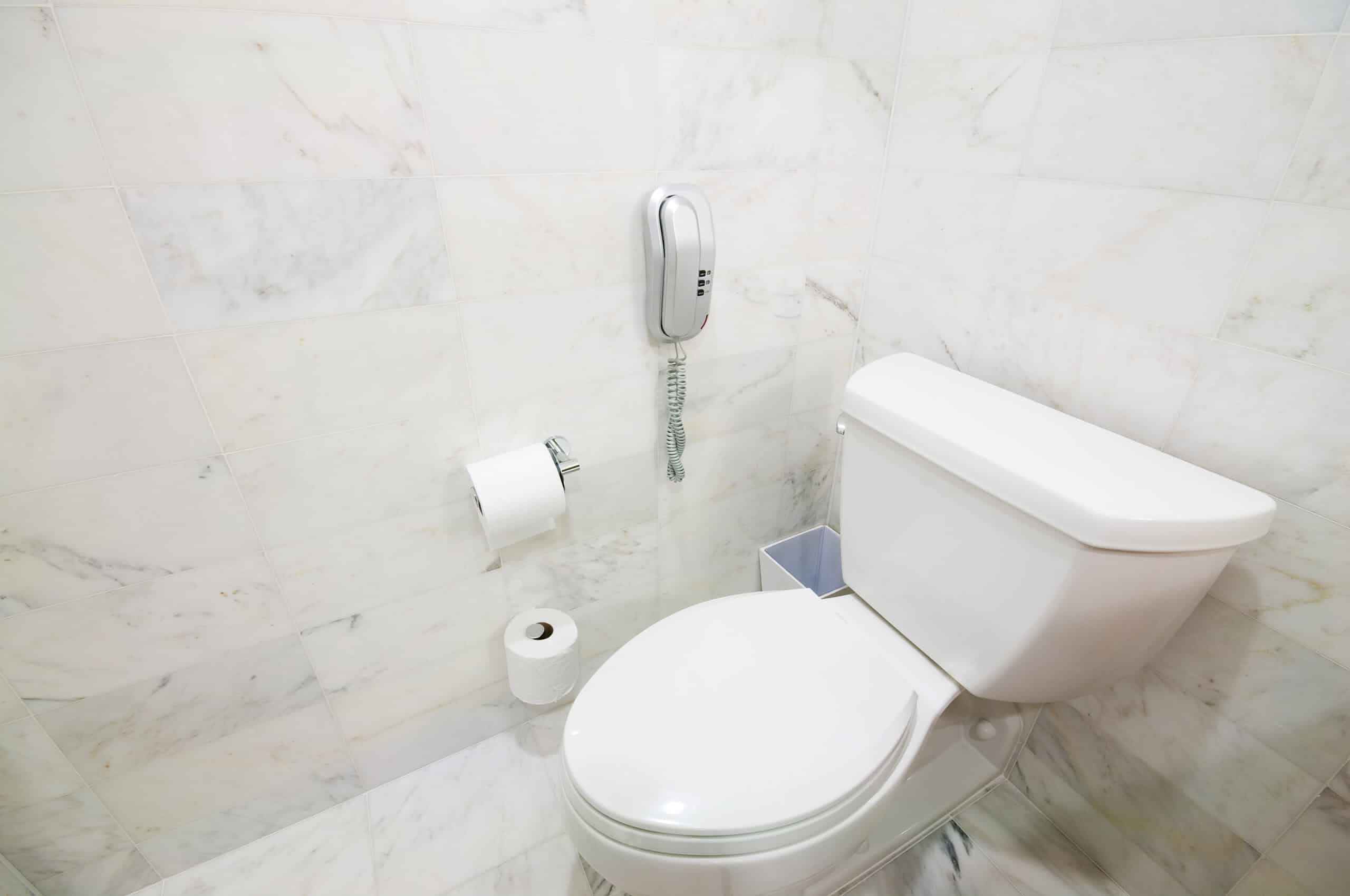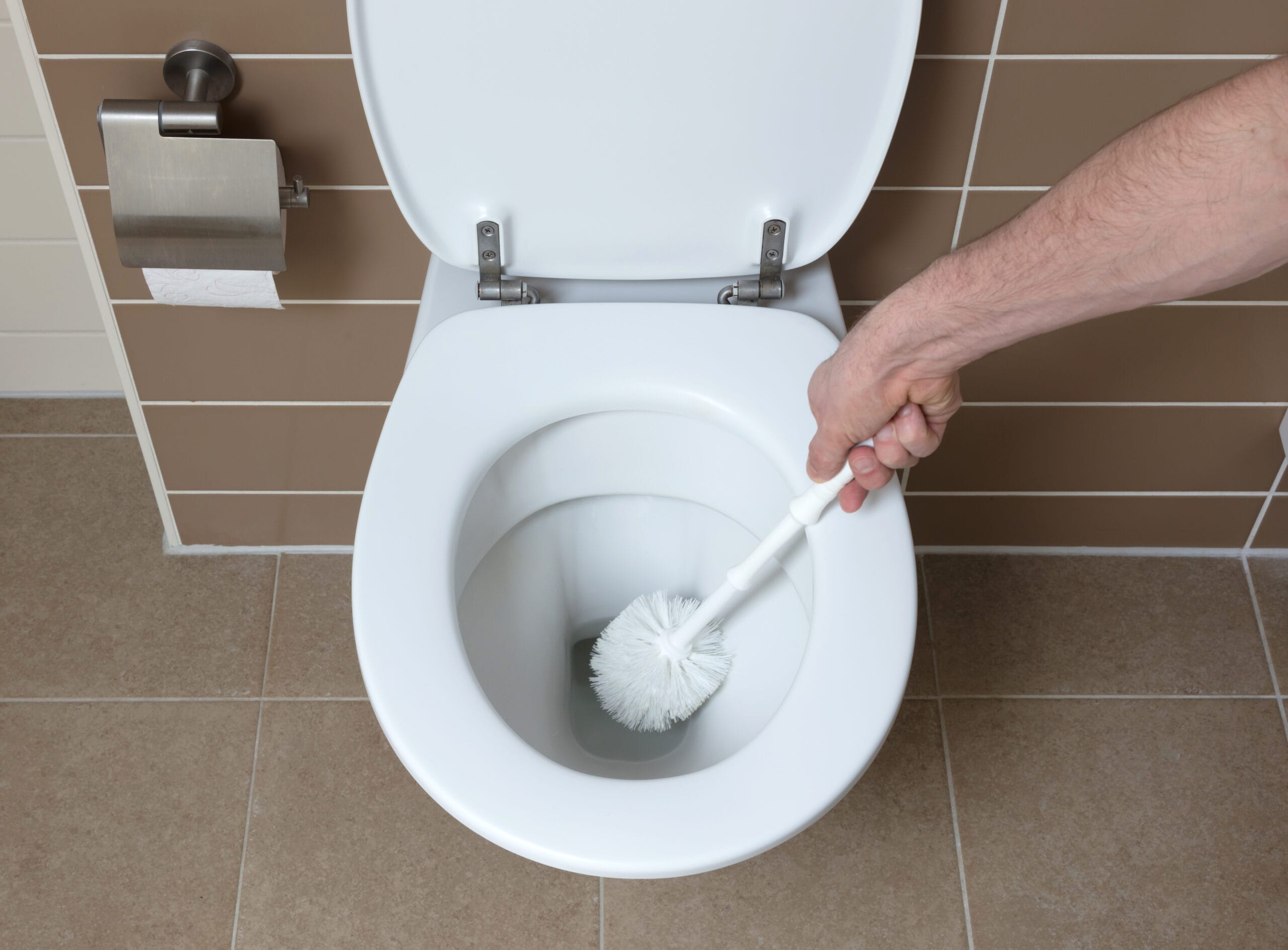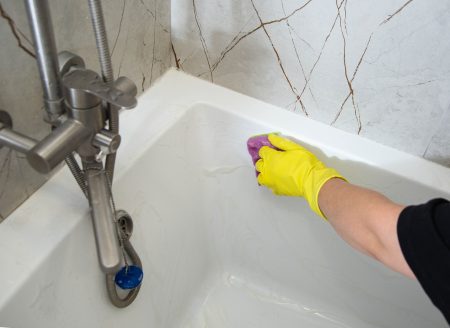When we think about the common household issues that can disrupt our daily lives, an overflowing toilet often tops the list. This frustrating problem can arise from a variety of causes, and understanding these can help us prevent future incidents. One of the primary reasons for a toilet overflow is a clog in the drain line.
This blockage can be caused by an accumulation of toilet paper, foreign objects, or even tree roots infiltrating the plumbing system. When we flush the toilet, the water has nowhere to go, leading to an overflow that can quickly turn into a messy situation. Additionally, we must consider the role of the toilet’s internal components, such as the flapper valve and fill valve.
If these parts malfunction, they can cause the tank to overfill or not shut off properly, resulting in water spilling over the bowl. Another significant factor contributing to overflowing toilets is the plumbing vent system. This system allows air to enter the plumbing pipes, which helps maintain proper pressure and drainage.
If the vent becomes blocked—due to debris, bird nests, or other obstructions—air cannot flow freely, leading to slow drainage and potential overflows. Furthermore, we should not overlook the impact of our own habits on toilet performance. Flushing inappropriate items, such as wipes or feminine hygiene products, can exacerbate clogs and lead to overflow situations.
By recognizing these causes, we can take proactive steps to mitigate the risk of an overflowing toilet in our homes.
Key Takeaways
- Understanding the Causes of an Overflowing Toilet:
- Common causes include clogs from excessive toilet paper, foreign objects, or tree roots in the sewer line.
- Flushing non-flushable items can also lead to toilet overflows.
- A malfunctioning float or fill valve can cause the toilet to overflow.
- Steps to Take When Dealing with an Overflowing Toilet:
- Shut off the water supply to the toilet by turning the valve behind the toilet.
- Use a plunger to try to unclog the toilet.
- If the plunger doesn’t work, try using a toilet auger to remove the clog.
- Tools and Supplies Needed for Unclogging a Toilet:
- Plunger
- Toilet auger
- Rubber gloves
- Bucket
- Old towels or rags
- Preventative Measures to Avoid Toilet Overflows:
- Avoid flushing non-flushable items like wipes, paper towels, and feminine hygiene products.
- Use less toilet paper and consider using thinner, septic-safe toilet paper.
- Regularly inspect and maintain the toilet’s fill valve and flapper to prevent malfunctions.
- When to Call a Professional Plumber for Help:
- If the toilet continues to overflow despite attempts to unclog it.
- If there is a suspected issue with the sewer line.
- If the toilet overflow has caused water damage to the surrounding area.
- Dealing with Water Damage from an Overflowing Toilet:
- Quickly remove any standing water using a wet/dry vacuum or towels.
- Fans and dehumidifiers are used to dry out the affected area.
- Consider contacting a professional water damage restoration service for extensive damage.
- Proper Cleaning and Sanitizing After a Toilet Overflow:
- Use a disinfectant cleaner to thoroughly clean the affected area.
- Wash and sanitize any items that came into contact with the overflow.
- Consider using a bleach solution to disinfect the toilet and surrounding area.
- Tips for Maintaining a Healthy and Functional Toilet:
- Regularly inspect and maintain the toilet’s components.
- Consider using a toilet bowl cleaner to prevent mineral and bacteria buildup.
- Educate household members on proper toilet use and maintenance to prevent future overflows.
Steps to Take When Dealing with an Overflowing Toilet
Remaining Calm and Taking Action
When faced with an overflowing toilet, our immediate reaction may be panic, but it is essential to remain calm and take decisive action. The first step we should take is to stop flushing the toilet. Continuing to flush will only exacerbate the problem and lead to more water spilling onto the floor.
Securing the Water Supply
Instead, we should locate the toilet’s shut-off valve, typically found on the wall behind the toilet. Turning off this valve will stop the flow of water into the tank and prevent further overflow. Once we have halted the water supply, we can assess the situation more clearly and determine our next steps.
Removing Debris and Using a Plunger
After securing the water supply, we should carefully remove any visible debris from around the toilet area to minimize mess and potential hazards. If we have a plunger on hand, this is an excellent time to use it. We should ensure that we have a flange plunger, as it is specifically designed for toilets and provides a better seal than standard plungers. By creating a strong suction with the plunger, we can often dislodge minor clogs and restore proper drainage.
Addressing Deeper Blockages
If plunging does not resolve the issue, we may need to consider using a toilet auger or snake to reach deeper blockages in the plumbing line. It is crucial to approach this process with patience and care, as rushing can lead to further complications.
Tools and Supplies Needed for Unclogging a Toilet
To effectively tackle an overflowing toilet, we must be equipped with the right tools and supplies. A sturdy plunger is our first line of defense against clogs; it is essential that we choose a flange plunger designed specifically for toilets. This type of plunger has a rubber flange that fits snugly into the toilet drain, allowing us to create a powerful seal for maximum suction.
In addition to a plunger, having a toilet auger or snake on hand can be invaluable for more stubborn clogs that are beyond the reach of a plunger. This tool consists of a long, flexible cable that can navigate through bends in the plumbing system to break up or retrieve blockages. In addition to these primary tools, we should also gather some essential supplies for cleanup and sanitation after dealing with an overflow.
Rubber gloves are crucial for protecting our hands from bacteria and contaminants while working on plumbing issues. We may also want to have towels or rags available to mop up any spilled water and disinfectant solutions for sanitizing surfaces afterward. A bucket can be useful for containing excess water if necessary, and a flashlight may help us inspect hard-to-see areas around the toilet and plumbing fixtures.
By preparing ourselves with these tools and supplies, we can approach an overflowing toilet situation with confidence and efficiency.
Preventative Measures to Avoid Toilet Overflows
| Preventative Measures | Effectiveness |
|---|---|
| Regular maintenance | High |
| Installing a toilet overflow alarm | Medium |
| Proper use of toilet paper | Low |
| Checking for leaks and blockages | High |
Toilets are often taken for granted until they malfunction, but there are several preventative measures we can implement to avoid overflow situations altogether. One of the most effective strategies is to be mindful of what we flush down our toilets. We should only flush human waste and toilet paper; anything else—such as wipes, cotton balls, or dental floss—can lead to clogs that may result in overflow.
Educating our family members about proper flushing habits is essential in maintaining a healthy plumbing system. Regular maintenance of our toilets is another key preventative measure. We should periodically inspect the internal components of our toilets, including the flapper valve and fill valve, to ensure they are functioning correctly.
If we notice any signs of wear or malfunction, replacing these parts promptly can prevent larger issues down the line. Additionally, we might consider scheduling routine plumbing inspections with a professional plumber who can identify potential problems before they escalate into emergencies. By taking these proactive steps, we can significantly reduce the likelihood of experiencing an overflowing toilet in our homes.
When to Call a Professional Plumber for Help
While many toilet overflow situations can be resolved with DIY methods, there are times when calling a professional plumber is necessary. If we find ourselves dealing with persistent clogs that do not respond to plunging or snaking, it may indicate a more serious issue within our plumbing system that requires expert attention. A professional plumber has specialized tools and knowledge that allow them to diagnose problems accurately and implement effective solutions that go beyond what we can achieve on our own.
Additionally, if we notice signs of water damage around our bathroom or experience recurring overflow incidents despite our best efforts at prevention and maintenance, it is wise to seek professional help. Water damage can lead to mold growth and structural issues if left unaddressed, making it crucial to act quickly when we suspect a problem exists beneath the surface. By enlisting the expertise of a plumber, we can ensure that our plumbing system remains in good working order and avoid costly repairs in the future.
Dealing with Water Damage from an Overflowing Toilet
An overflowing toilet can lead to significant water damage if not addressed promptly and effectively. Once we have managed to stop the overflow and restore normal function to our toilet, it is essential to assess any damage that may have occurred in our bathroom or surrounding areas. Water can seep into flooring materials, walls, and cabinetry, leading to warping, staining, and even mold growth if left untreated.
We should carefully inspect these areas for signs of damage and take immediate action to mitigate any potential issues. If we discover water damage as a result of an overflow, it is crucial to dry out affected areas as quickly as possible. We can start by removing any standing water using towels or a wet/dry vacuum if available.
Opening windows and using fans can help circulate air and speed up drying time. In cases where water has penetrated deeper into materials like drywall or flooring, it may be necessary to remove affected sections entirely to prevent mold growth and further damage. If we feel overwhelmed by this process or if the damage appears extensive, consulting with a water damage restoration professional may be beneficial in ensuring proper remediation.
Proper Cleaning and Sanitizing After a Toilet Overflow
After managing an overflowing toilet situation, proper cleaning and sanitizing are essential steps that should not be overlooked. Toilets are breeding grounds for bacteria and germs; therefore, it is crucial that we take appropriate measures to disinfect surfaces that may have come into contact with contaminated water during an overflow incident. We should begin by donning rubber gloves to protect our hands from harmful pathogens while cleaning.
Using a disinfectant solution specifically designed for bathrooms, we should thoroughly clean all surfaces in the vicinity of the toilet—this includes floors, walls, and any nearby fixtures that may have been splashed with water during the overflow. It is important to follow manufacturer instructions for cleaning products carefully to ensure effectiveness while also being mindful of safety precautions. After cleaning surfaces with disinfectant wipes or sprays, we should allow them to air dry completely before removing gloves and disposing of them properly.
By taking these steps seriously, we can ensure that our bathrooms remain safe and sanitary after an overflow incident.
Tips for Maintaining a Healthy and Functional Toilet
Maintaining a healthy and functional toilet requires ongoing attention and care from us as homeowners. One of the simplest yet most effective tips is to perform regular inspections of our toilets’ internal components. We should check for signs of wear on parts like flappers and fill valves; replacing these components at the first sign of trouble can prevent larger issues down the line.
Additionally, keeping an eye on how well our toilets flush can help us identify potential problems early on—if we notice weak flushing or frequent clogs, it may be time for further investigation. Another important aspect of toilet maintenance involves being mindful of what goes down our drains. We should educate ourselves—and our family members—about proper flushing habits while also providing clear guidelines on what items are acceptable for disposal in toilets versus those that should be thrown away in trash bins instead.
Regularly cleaning our toilets with appropriate cleaning products will also help maintain their functionality while preventing buildup that could lead to clogs over time. By implementing these simple yet effective maintenance tips into our routine, we can enjoy a reliable toilet experience without fear of unexpected overflows disrupting our daily lives.
If you’re dealing with an overflowing toilet and need immediate guidance on how to handle other home improvement tasks while you sort out your plumbing issues, you might find it useful to explore other areas of your home that could benefit from an upgrade. For instance, if you’re considering enhancing your kitchen’s functionality and aesthetic, you might want to check out this article on painting kitchen cabinets. It offers creative ideas and practical tips that can transform your kitchen into a more inviting and refreshed space. This could be a great project to divert your attention while you wait for professional help with your plumbing problem.
FAQs
What causes an overflowing toilet?
An overflowing toilet is typically caused by a blockage in the toilet drain or sewer line, a malfunctioning toilet float or fill valve, or excessive water pressure.
How can I stop an overflowing toilet?
To stop an overflowing toilet, you can try turning off the water supply to the toilet using the shut-off valve located behind the toilet. You can also try using a plunger to remove the blockage or adjusting the toilet float or fill valve.
What should I do if my toilet overflows?
If your toilet overflows, it’s important to act quickly to prevent water damage. Turn off the water supply to the toilet, use a plunger to try to remove the blockage, and clean up any water to prevent damage to the surrounding area.
When should I call a plumber for an overflowing toilet?
You should call a plumber for an overflowing toilet if you are unable to stop the overflow on your own, if the toilet continues to overflow after you have tried to fix it, or if you suspect that there is a more serious issue with your plumbing system.






